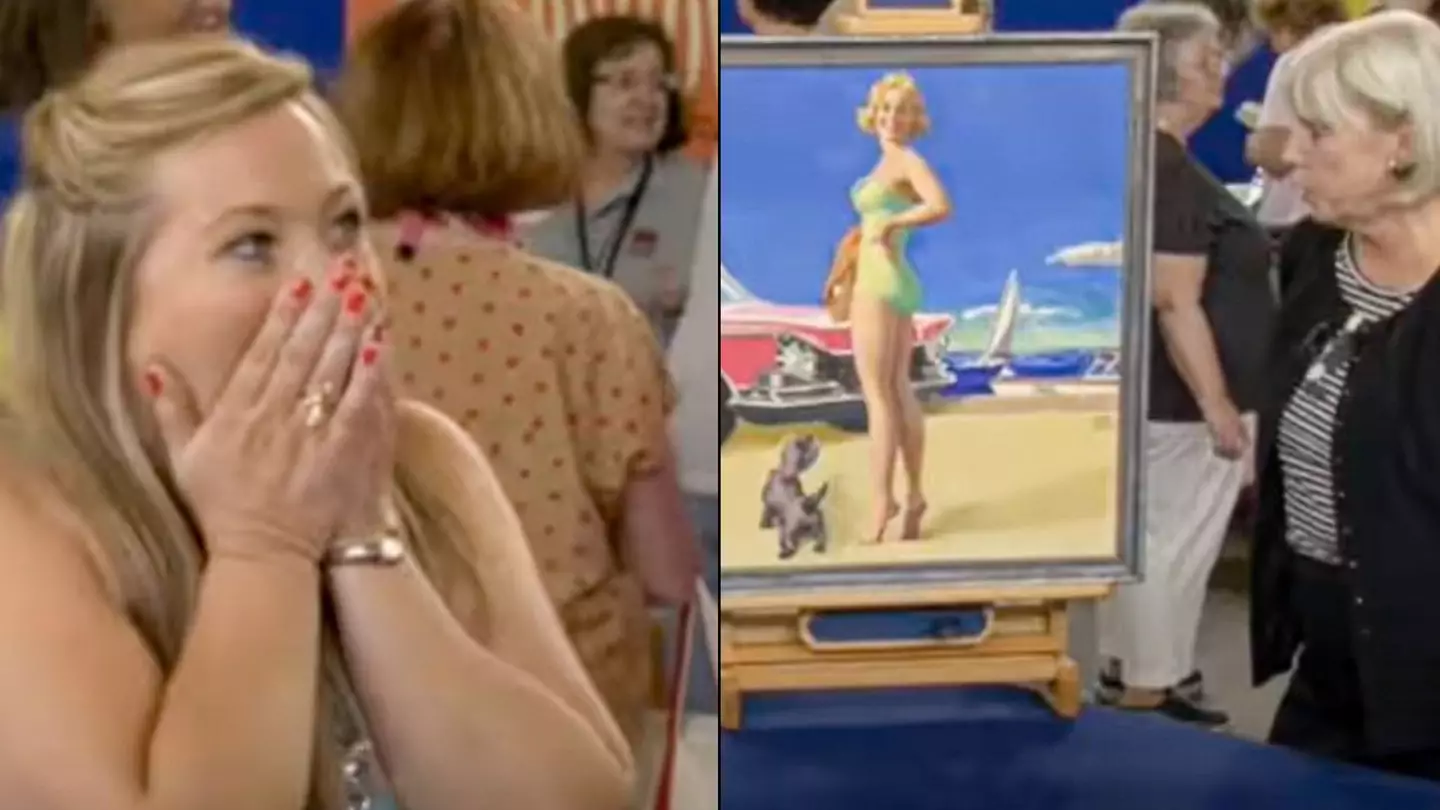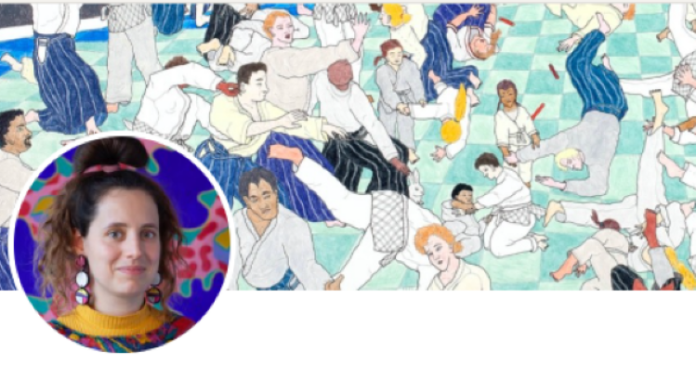Andrea Bogdan, an artist who also has a background in business and graphic design, for a longtime focused on paintings and prints. For the last few years, she has started to enter new realms with her art, and her newest endeavor has been art T-shirts based on her dream journals.
Her first T-shirt in the collection says, “I live in a fairy tale land where I can taste the day as if it were candy.” The “Taste the Day” art T-shirts were printed by a local company called V.S. Tees.
Bogdan keeps a dream journal by her bed and writes down what she remembers from her dreams. Many of her dreams are darker in nature. The one that the T-shirt was based on stood out because of its positive message.
“Sometimes when I wake up, and I remember a dream, I can remember the details. I can remember the smells. I can remember every little thing I see and touch in the dream. They’re not always pleasant. Sometimes, they’re stressful. And then, all of a sudden, here’s this entry where I clearly didn’t remember the details of the dream, I just remembered the idea of the dream. And it just made me feel optimistic,” Bogdan said. “It made me happy to know that I was having that feeling, even though it was in my dreams, even though it was in my subconscious, mixed in with all of these other more apocalyptic types of dreams I was having. That stood out.”
Like her other artwork, she used a freestyle process when creating her T-shirt design. Often with her paintings, she creates in the moment and is inspired by what is going on around her.
“When I’m painting, and somebody walks into my studio, sometimes what they’re wearing, their cologne,


 painting.png”/
painting.png”/






